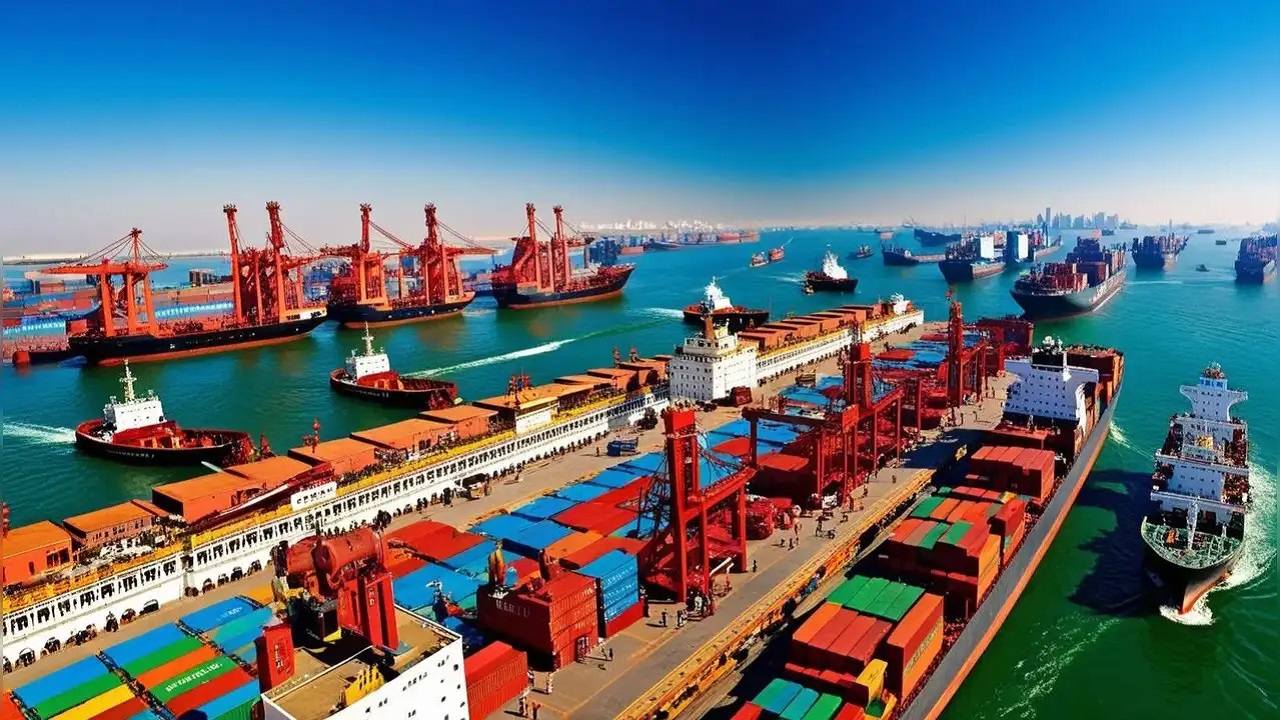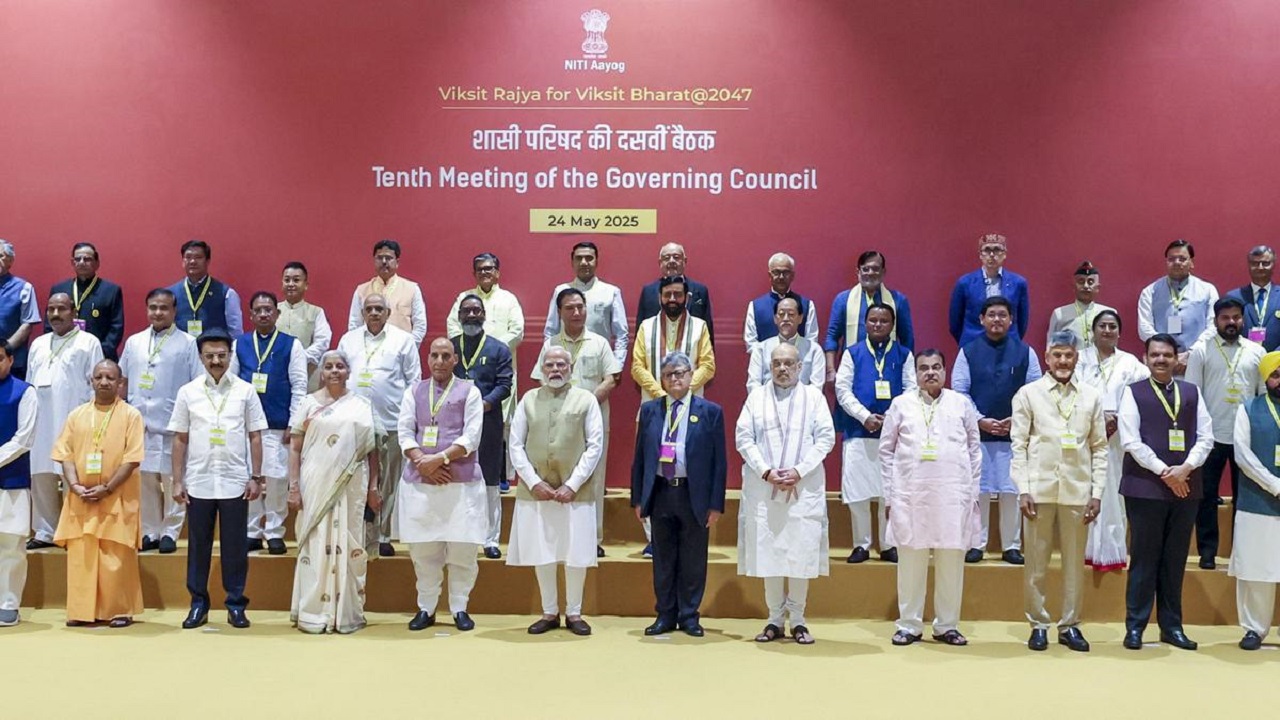Land Port Shutdown: A New Chapter in India-Bangladesh Trade Relations
Context
India has recently shut down all land ports for the import of readymade garments from Bangladesh, a decision that significantly impacts cross-border trade. This move comes in the backdrop of emerging geopolitical tensions, strategic recalibrations, and efforts to assert trade reciprocity. The restriction, while allowing seaborne imports, blocks several crucial land-based trade routes primarily used by northeastern states.
What Is the Decision?
-
India has prohibited the import of readymade garments from Bangladesh through all land ports.
-
However, the import is still permitted via two seaports:
-
Nhava Sheva (Jawaharlal Nehru Port, Maharashtra)
-
Kolkata Port (West Bengal)
-
-
Affected land ports include those in:
-
Assam
-
Tripura
-
Meghalaya
-
Mizoram
-
West Bengal’s Changrabandha and Fulbari ports
-
Reasons Behind the Move
-
Reciprocity in Trade
-
Bangladesh had earlier restricted Indian cotton yarn imports.
-
It also delayed transit permissions for Indian rice through its land territory.
-
India’s move is seen as a retaliatory measure ensuring reciprocal market access.
-
-
Strategic and Security Concerns
-
India is wary of Bangladesh’s increasing strategic alignment with China, including infrastructural and defence ties.
-
New Delhi perceives these ties as potentially undermining India’s influence in the Northeast.
-
-
Correcting Trade Asymmetry
-
The ban seeks to address the imbalance in bilateral trade and strengthen India’s regional bargaining power.
-
Key Features of the Ban
-
Items affected:
-
Readymade garments
-
Processed food
-
Plastic products
-
Wooden furniture
-
Cotton waste
-
-
Exemptions:
-
Fish
-
Liquefied Petroleum Gas (LPG)
-
Edible oils
-
Crushed stone
-
These essential and high-demand items continue to be traded via land routes.
Implications
On Bangladesh
-
Major setback to textile exports
-
Bangladesh exports nearly $700 million worth of apparel to India annually.
-
Land-based exporters, particularly SMEs near the border, are most affected.
-
-
Disruption in regional trade chains
-
Orders to Nepal and Bhutan may face delays or diversion, affecting the subcontinental supply chain.
-
-
Impact on foreign investment
-
Rising diplomatic friction could affect investor confidence, particularly in Bangladesh’s Export Processing Zones (EPZs).
-
On India
-
Encouraging local entrepreneurship in Northeast
-
The ban can promote indigenous manufacturing and reduce reliance on Bangladeshi goods, aligning with Atmanirbhar Bharat.
-
-
Diplomatic strain with a key neighbour
-
This action may lead to loss of trust and push Bangladesh closer to China, counterproductive to India’s strategic interests.
-
-
Increased logistics cost for importers
-
Rerouting imports via seaports may lead to higher transit times and freight charges, especially for small traders.
-
Way Forward
-
Restore Bilateral Dialogue
-
Re-engagement through structured platforms like the Joint Consultative Commission (JCC) is vital for de-escalation.
-
-
Balanced Trade Policies
-
Both countries should review trade policies objectively, addressing imbalances without harming regional growth.
-
-
Regional Cooperation Mechanisms
-
BIMSTEC and BBIN should be leveraged for harmonising transit, trade, and infrastructure development.
-
Conclusion
The restriction on land port imports from Bangladesh is a reminder of how geopolitics directly affects economic relations. While India’s decision reflects strategic assertiveness and economic safeguarding, it also carries risks of diplomatic fallout and regional disruption. The long-term solution lies in cooperative dialogue, regional connectivity, and mutual economic integration to sustain peace and prosperity in South Asia.




Comments (0)